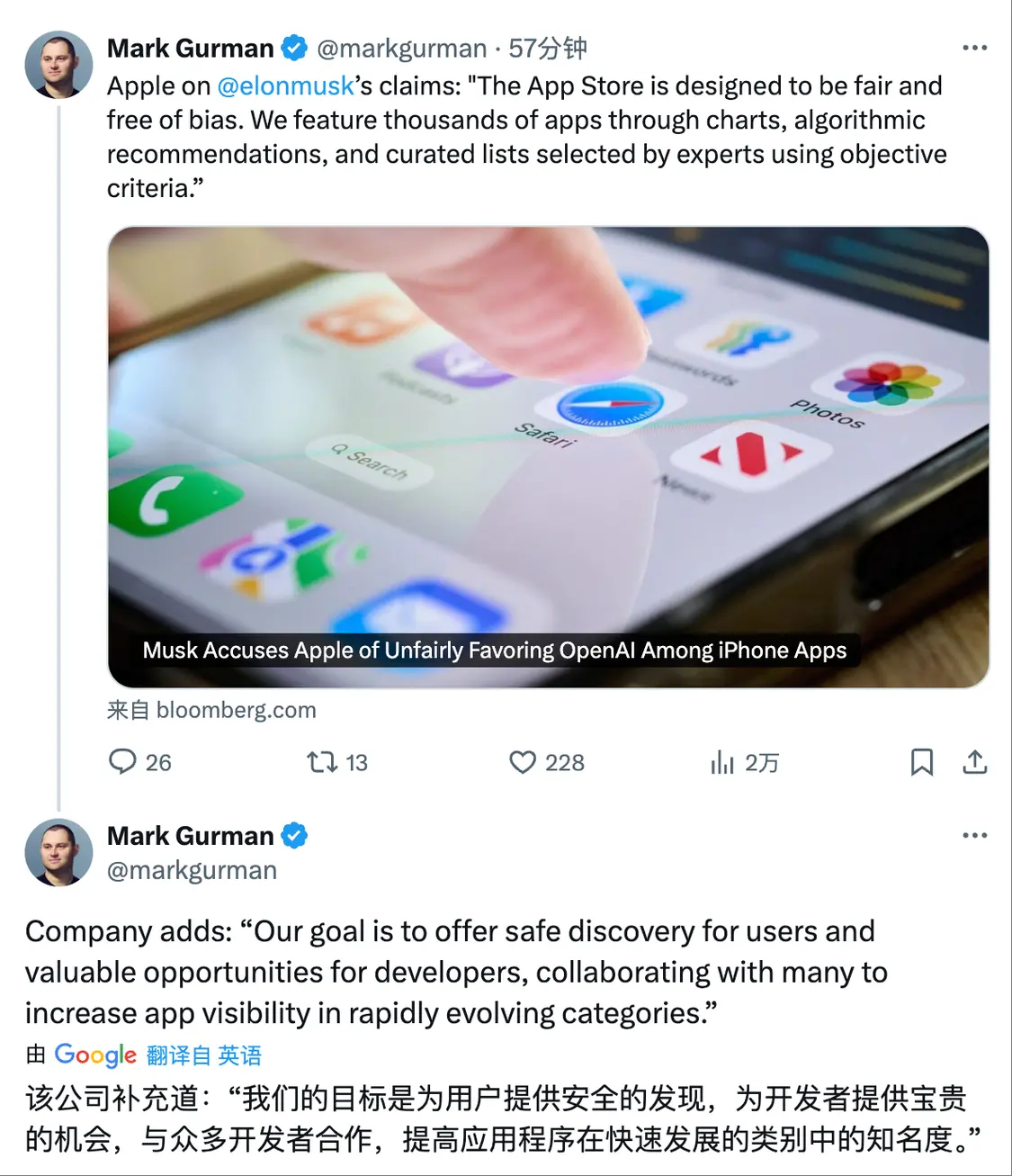Recently, OpenAI released its latest language model, GPT-5, which has generated a lot of enthusiasm in the industry. Although the model has shown significant improvements in functionality and performance, experts warn that achieving true autonomous AI still requires strong infrastructure to support it.

Arun Chandrasekaran, an analyst from Gartner, pointed out that the current state of AI development is similar to the automobile technology in the United States in the 1950s. While it has a powerful engine, it lacks a supporting highway system. In other words, although AI models are becoming more advanced, the conditions and support systems for practical applications are still not mature enough.
In GPT-5's new features, programming capabilities and multi-modal processing have been significantly enhanced. Chandrasekaran emphasized that GPT-5 performs well in programming tasks, which means Open has recognized the huge potential of generative AI in enterprise software engineering. At the same time, the model's ability to process information beyond text, such as voice and images, has also improved, offering enterprises more integration possibilities.
Additionally, GPT-5's multi-step planning feature allows more business logic to be completed directly within the model, reducing reliance on external workflow engines. With the expansion of the context window (8K for free users, 32K for Plus users, and 128K for Pro users), enterprises can more conveniently handle complex data when developing applications, thereby simplifying workflows.
Despite this, Chandrasekaran still reminds people not to be overly optimistic. He pointed out that although the error rate of GPT-5 has decreased by 65%, which reduces compliance risks to some extent, its potential for misuse still exists. Therefore, enterprises should still maintain manual review processes when implementing critical workflows.
To achieve true autonomous AI, enterprises need to build a complete infrastructure so that agents can interact smoothly with various enterprise tools and effectively control data access. Additionally, enterprises must ensure that the generated information is reliable, avoiding bias and false information.
Key Points:
🚀 The release of GPT-5 brings significant progress to AI technology, but infrastructure is still insufficient.
💻 The model has enhanced programming and multi-modal processing capabilities, making it suitable for complex enterprise applications.
🔍 Enterprises need to pay attention to potential risks and ensure the credibility and compliance of generated information.










